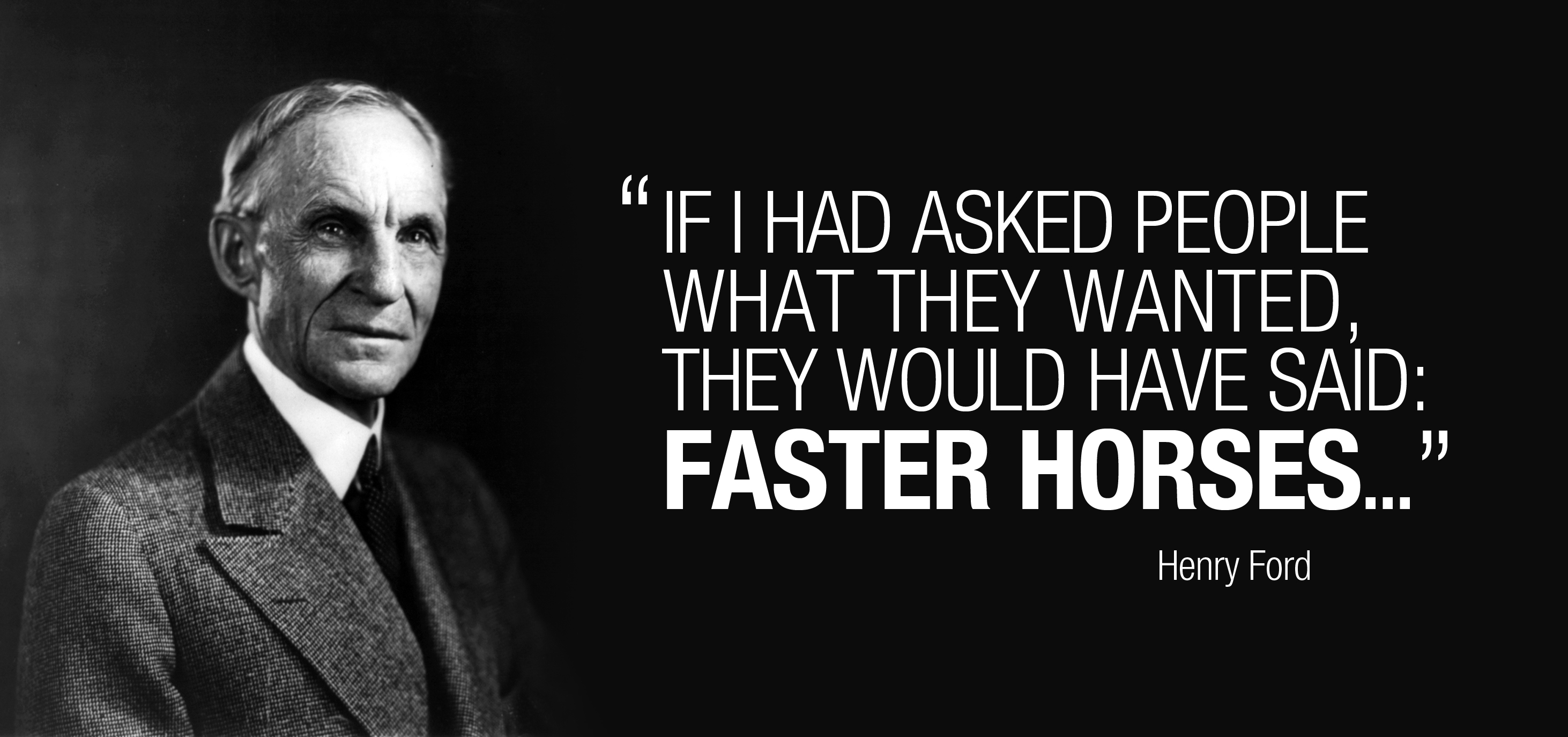How facial recognition can revolutionize consumer engangement.
Market research often leads to epic failure. And while the word “research” is normally associated with science that leads to product innovations for a better living and economical prosperity, things are unfortunately the other way round in the marketing industry.
With research institutes asking people artificial questions and getting artificial, irrelevant
results that appeal to the rational thinking related part of our brain (neo cortex) – which may be best suited for giving clever answers but not for giving even the slightest hint on how the customer feels and what his true insights are – most brands are waisting money and
opportunities on an grand scale.
But help is on the way! Rana el Kaliouby and her MIT Media Lab colleagues are the minds behind Affectiva, an ambitioned start up
with the potential to rewrite the rules of marketing research and consumer engagement.
Affectiva invented Affdex Facial Coding, an automated facial-expression-recognition technology able to measure and even interpret
viewers´ emotional responses to brands, advertising campaigns an any other digital video content.
Good news for the few people in Adland that are capable of telling the story behind their clients´ brand in an emotional way and relevant way.
Facial Coding will finally seperate the wheat from the chaff when it comes to analazing and understanding consumers needs, feelings and wishes. “You can understand so much about how consumers perceive a brand by analyzing their spontaneous,
subconscious responses. If you are a contant creator looking to elicit a certain emotion, we can validate that. In cases where an ad
is trying to elicit e.g. humor, we can tell you if people consider it funny.”, el Kaliouby reveals in the US magazine Entrepreneurs´ January issue.
The Affdex software works with any standard webcam across connected laptops, tablets and smartphones, paying tribute to fact that consumers
interact with brands via various screens and putting emphasis on multichannel marketing as well.
“People chek their phones an average of 150 times a day – to us, that´s an exciting opportunity, el Kaliouby points out.
And to all creatives in the advertising industry, Affdex is a big step towards getting adequately paid for a great idea.
Not to mention getting rid of time wasting & redundant focus groups or telemarketer surveys by – literally – technical knockout…


